- Components of the reagent kit
| Specifications | 50T | 100T |
| Cat. No. | SN0329 | SN0330 |
| DNA Clean-Up Columns (set) | 50 (set) | 100 (set) |
| RNA Extraction Columns (set) | 50 (set) | 100 (set) |
| RNA Extraction Buffer I | 30 ml | 2×30 ml |
| RNA Extraction Buffer IV | 30 ml | 2×30 ml |
| Inhibitor Removal Buffer | 2×30 ml | 4×30 ml |
| Wash Buffer 1 | 2×15 ml | 3×15 ml |
| Elution Buffer | 20 ml | 20 ml |
| Proteinase K | 1ml | 2x1ml |
| Instruction Manual | 1 | 1 |
- Storage
This reagent kit should be stored at room temperature (15-25℃) in a dry condition and is stable for 12 months. Proteinase K contains a stabilizer, allowing it to be transported at room temperature; however, for long-term storage, it should be kept at -20℃.
- Instructions for Using the Reagent Kit
3.1 This kit is intended for molecular biology research purposes and should not be used for disease diagnosis or treatment.
3.2 Some components in the kit contain irritants; it is advisable to take necessary precautions (such as wearing protective clothing and goggles).
3.3 The use of this kit requires additional equipment such as a high-speed centrifuge, water bath (metal bath), vortex mixer, anhydrous ethanol, liquid nitrogen, chloroform, sterile deionized water, and EP tubes.
- Introduction to the Reagent Kit
The sample DNA/RNA simultaneous isolation and purification kit provide a fast and efficient purification solution for tissue sample DNA/RNA. This kit offers two sets of lysis systems, suitable for various sample tissues and cells, including most plants, animals, bacteria, etc.
The DNA/RNA rapid purification kit can extract total DNA/RNA from samples within 1 hour. The extracted DNA/RNA can be directly used for RT-PCR, Northern blotting, etc. The entire purification process does not require toxic reagents such as phenol-chloroform.
- Experimental Principles and Procedures
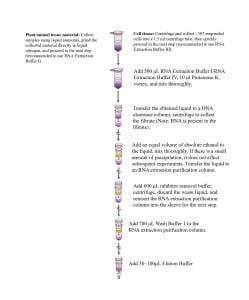
- Extraction Process
Precautions before starting the experiment:
A. Prior to use, add the specified amount of absolute ethanol to WashBuffer 1 according to the label on the reagent bottle, and mark a check on the label to indicate the addition of absolute ethanol.
B. Elution Buffer is a 0.1x TE solution with a minimal amount of EDTA. If EDTA has an impact on subsequent experiments, it is recommended to use sterile deionized water as a substitute for the elution buffer.
C. RNA Extraction Buffer I is designed for the extraction of plant and fungal samples, while RNA Extraction Buffer IV is primarily used for animal tissues, blood, and other sample tissues.
- Sample Processing:
- Plant/animal tissue materials: Collect samples using liquid nitrogen, grind the collected material directly in liquid nitrogen, and proceed to step 2 (recommended to use RNA Extraction Buffer I).
- Cell tissues: Centrifuge and collect <107 suspended cells in a 1.5 ml centrifuge tube, quickly proceed to step 2 (recommended to use RNA Extraction Buffer III).
- Add 500μl RNA Extraction Buffer I/RNA Extraction Buffer IV, 10μl Proteinase K, vortex and mix thoroughly. Ensure gentle mixing in this step to prevent mechanical cutting of tissue DNA and reduce DNA yield.
- Transfer the lysate to a DNA purification column, centrifuge at 13,000 rpm for 2 minutes, collect the filtrate (RNA is present in the filtrate). At this point, DNA is adsorbed on the DNA column and can be briefly stored at 4°C while simultaneously collecting RNA in the next steps.
(Note: If the sample is plant tissue, centrifuge at 13,000 rpm for 10 minutes, and add the supernatant to the DNA binding column.)
- Precisely estimate the volume of the filtrate, add 5 times thevolume of absolute ethanol, mix thoroughly. If precipitation occurs, it does not affect subsequent experiments.
- Add the obtained liquid to the RNA extraction purification column (approximately 650-700μl each time), centrifuge at over 8,000 rpm for 1 minute, discard the collected waste liquid, and reinsert the collection tube into the purification column for the next step.
- Repeat step 5, add the remaining liquid to the RNA extraction purification column, centrifuge at over 8,000 rpm for 1 minute, discard the waste liquid and collection tube, place the RNA extraction purification column in a new collection tube, and prepare for simultaneous collection of DNA.
- Add 600μl Inhibitor Removal Buffer to the DNA extraction purification column and RNA extraction purification column, centrifuge at over 8,000 rpm for 1 minute, discard the waste liquid, and reinsert the DNA/RNA purification column into the collection tube for the next step.
- Add 700μl Wash Buffer 1 to the DNA extraction purification column and RNA extraction purification column, centrifuge at 14,000 rpm (20,000×g) for 2 minutes. Extend centrifugation time appropriately to ensure the membrane is thoroughly dried.
(Note: Confirm that absolute ethanol has been added to Wash Buffer 1. The presence of ethanol has a significant impact on subsequent experiments, so membrane drying is crucial. After centrifugation, ensure no ethanol is present before elution, then discard the waste liquid and collection tube.
After washing with Wash Buffer 1, the membrane of the RNA purification column should only have a slight color. After centrifugation, carefully remove the RNA purification column, ensuring no contact with the collection tube to avoid ethanol interference.)
- Place the DNA/RNA purification column into a new centrifuge tube, drip 50-100 μl Elution Buffer onto the membrane, incubate at room temperature for 5 minutes (15°C-25°C), centrifuge at over 8,000 rpm for 1 minute.
(Note: Eluting nucleic acids with 50 μl Elution Buffer can increase the nucleic acid concentration but decrease the total nucleic acid yield.)
- Note:
- Generally, larger elution volumes result in higher elution efficiency, but to increase nucleic acid concentration, the elution volume can be reduced, but not below 50 μl.
- RNA, in the presence of RNA Extraction Buffer I/RNA Extraction Buffer III, is not degraded by RNAse but should be distinguished from DNA in subsequent experiments. Use RNAse-free consumables for RNA separation whenever possible.




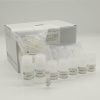
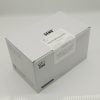
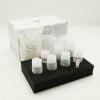
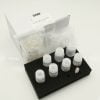
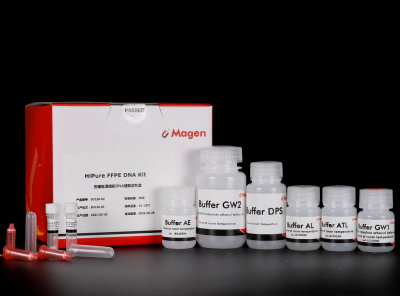
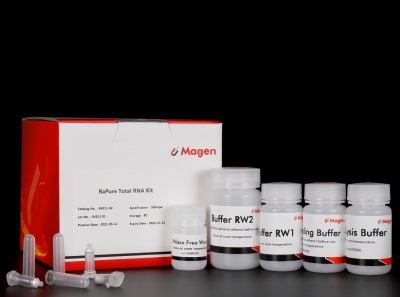
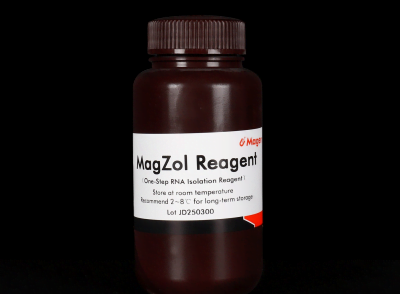
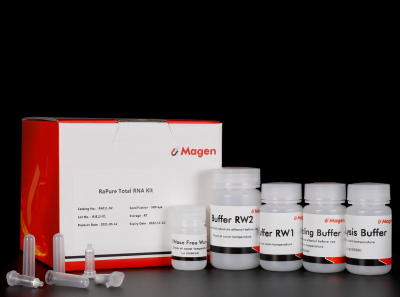
Reviews
There are no reviews yet.